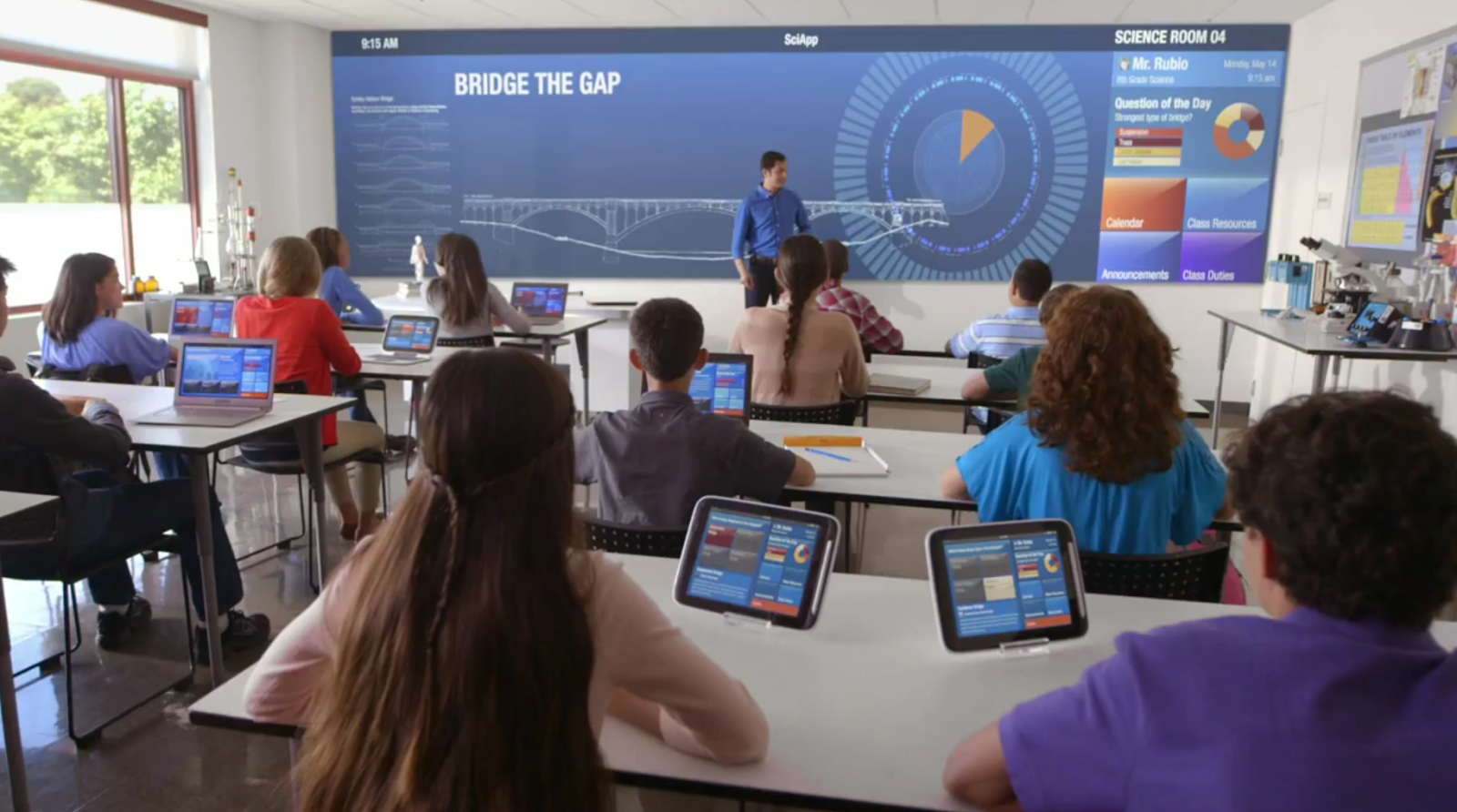Better technologies and productive teachers are just around the corner. The step has already been taken to make fully technological education like:
Assignments & grades are posted online.
Through different portals, students are completing their assignments & uploading on those portals.
Through different collaborative software, group projects are completed.
Cloud storage is used to store their work.
Social media platforms are being used for communication between teachers, administration, and parents.
These are some changes that are adopted by average educational institutions while the institutions that really want their students to get less stressed by usage of high Tech are thinking out of the box to get technologically advanced.
Here are six emerging technologies that will shape up your future classroom:
- 3D Printing-Abstract Assumptions To Real Life Models
The 3D printers should be a must-have in your classroom. 3D printing technology can benefit many students; especially the engineering department of your school will get most benefits. The schools like Benilde ST. Margaret introduced 3D printing to make their students competitive.
Before making an actual prototype, engineering students can perfect their designs by using 3D print.
So, 3D printers and CAD modeling software help students to freely experiment in less time & cost.
- Augmented Reality-AR-A Innovative & New Way To Learn
Augmented reality will be an awesome application for astronomies like Google Glass.
The capabilities in AR like its lens can help you see the additional information layered and reach the stage of seamlessness. Moreover, virtual field trips are also possible with these wearable devices.
In other cases, students may be able to see supplementary and interactive information appearing on historical facts for them to get to know more about its history, just like how this AR advertising app can recognize images in the real world and interact with them.
- Cloud Computing-Virtual Learning Environment
Cloud computing is most discussed these days. It will particularly change the attitude of students who will no longer be able to make the lame excuse for not doing their homework and etc.
In future classrooms, you will just need an electronic device to get access to other resources of learning & doing your homework in the cloud. Internet connection is a must for this. It will also reduce the burden of carrying the heavy bag full of different textbooks.
Moreover, the feature like digital library will help students to study and work on their projects from anywhere and anytime. This virtual environment will also help some students to study from home who can’t go school due to some serious problems.
- Flexible Displays-Paper Thin Smartphones
In this digital era, the use of laptops, notebooks, and tablets for notes is common.
For future classrooms supple, lightweight and tremendously thin displays like OLED display is the best option. Moreover, the A-4 size digital paper prototype with features like thin paper with 63g weight, introduced by Sony is also the best option.
- Game Based Learning
To cater to such a fast-paced generation game based learning is the right choice. For interested educators who want to learn online, Kinect Education and Microsoft Kinect are some of the main options.
- Biometrics
Biometrics is the technology that is gaining acknowledgment. Conservatively biometrics are related to the industry of security industry, as it has the features like identification of your identity by your voice patterns, fingerprints and etc.
This technology will be helpful for teachers to know the learning & gaining capacity of students. Like eye-tracking feature can provide exact feedback to teachers about student learning.
Likewise, the advertising research used eye-tracking to know the response of their customers towards their ads.
In future, it will be education outside classrooms. As by introduction of the above-mentioned technologies, there will be no need of formalized institutions like classes & schools. These Tech learning platforms require proactive involvement of students with the proper guidance of their teachers.
Author Bio
Stephanie McMahon is a Software Developer, having an illustrious writing experience of 3 years and currently,writing for Dissertation Help UK Consultancy. She seeks opportunities to work with different blog writing companies to share her knowledge and insights into the technology world. Follow him on Google+

